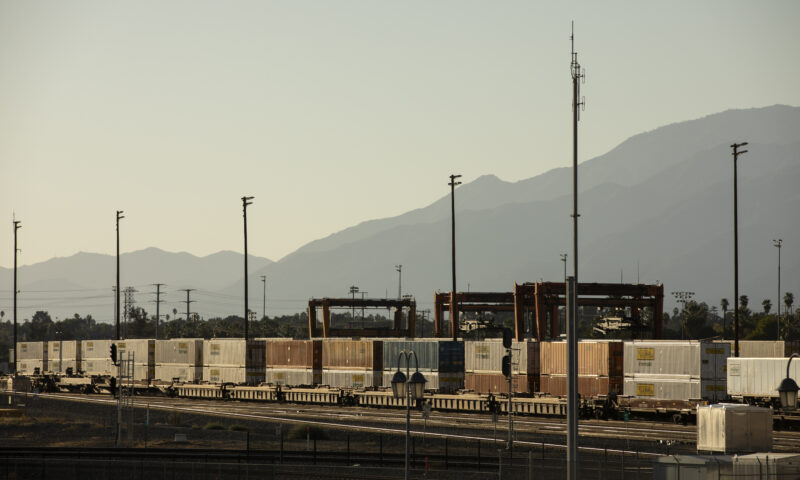
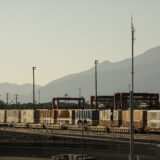
The region’s rail yards continue to pose serious health hazards, prompting local advocates to push state leaders for action.
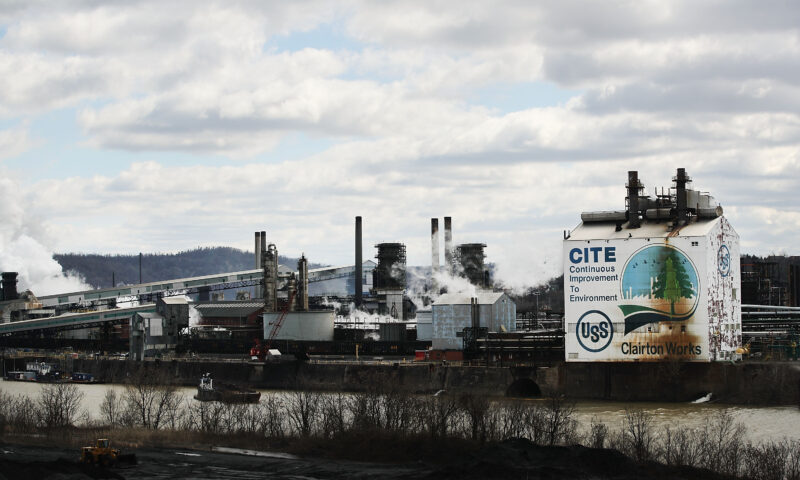
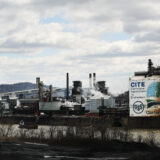
Canceled upgrades, insufficient maintenance and political lobbying preceded deadly explosion at Pennsylvania’s aging steel plant.


L.A. County’s Chiquita Canyon Landfill has spewed high levels of toxic gases and climate super-pollutants for years. Yet local residents’ pleas for help from state officials remain unanswered.
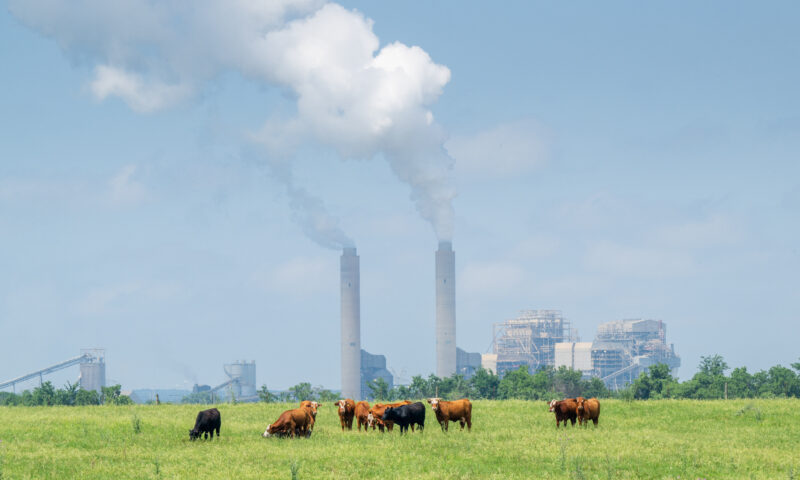
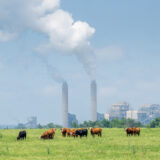
In Texas and across the nation, scores of coal-fired plants and petrochemical facilities are allowed to bypass toxic emission rules.
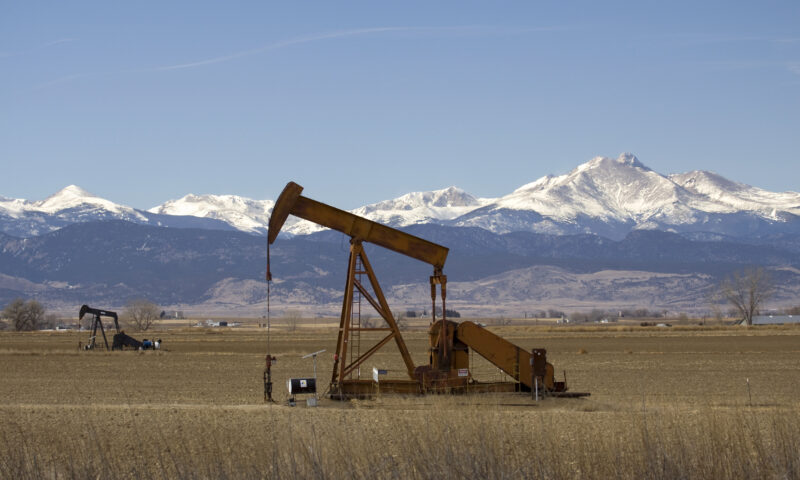
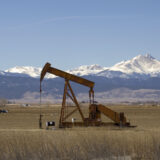
Recently retired Colorado scientist Lisa McKenzie chased the link between fracking and adverse birth outcomes, cancer and cardiovascular disease.
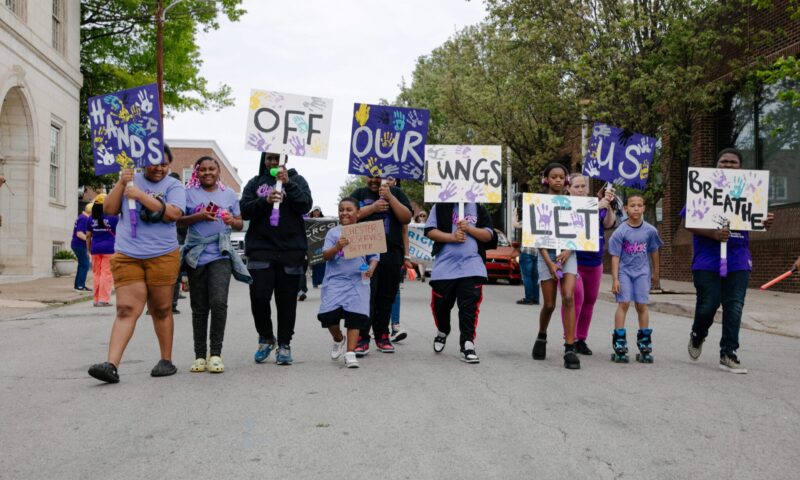

A waste incinerator, a paper plant and a sewage treatment facility all jammed in a town of 35,000. “Our children literally cannot breathe.”
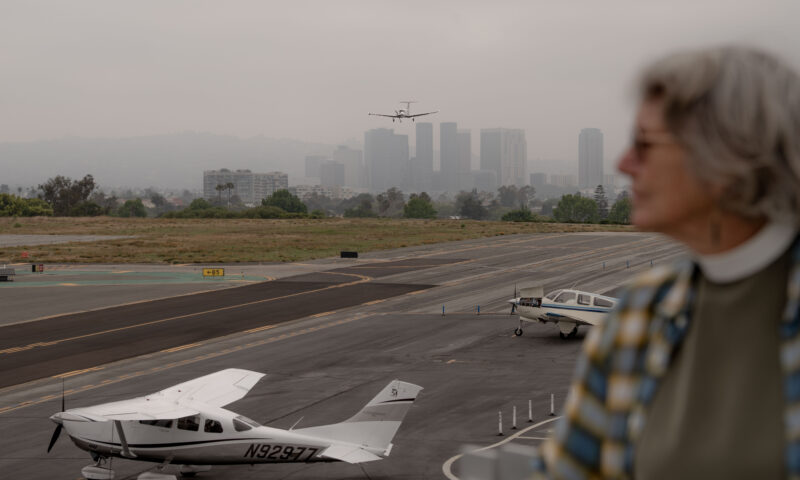

A campaign to build housing on the site of the soon-to-be-shuttered airport is drawing pushback from opponents of new development.
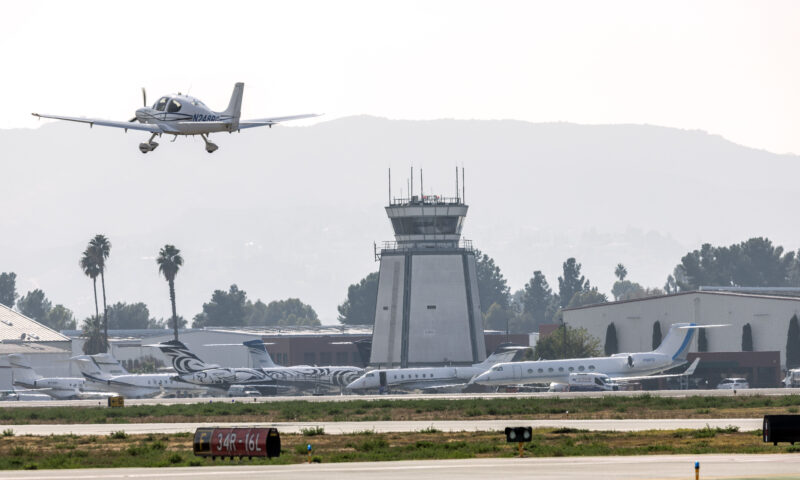

Companies have failed to post signs alerting the public to the dangers of the lead-based fuel used at the airport despite a decade-old settlement requiring them.
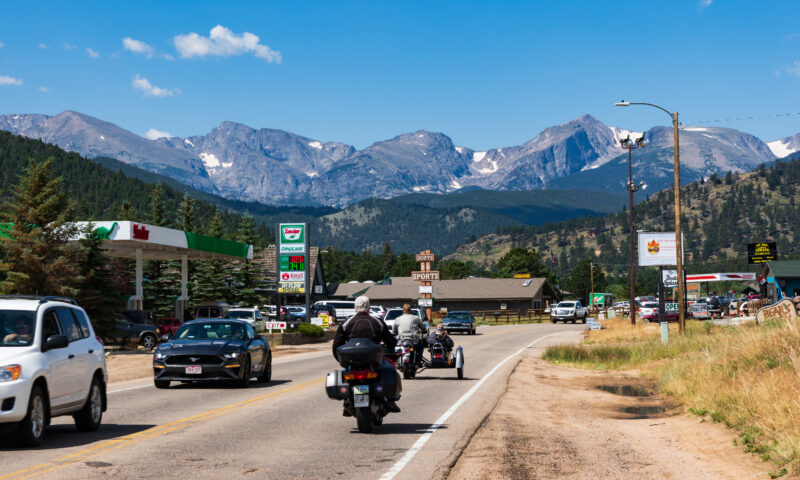

Like labels on cigarettes, opponents say fossil fuel warnings could change attitudes. Others call it gasoline “shaming.”
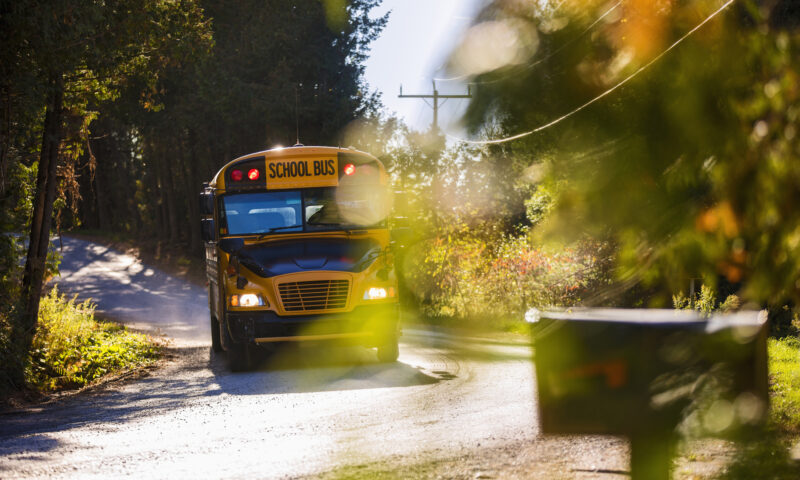

Though the state is set to spend plenty in effort to meet the goals of its emissions reduction plan, more permanent solutions seem far off.
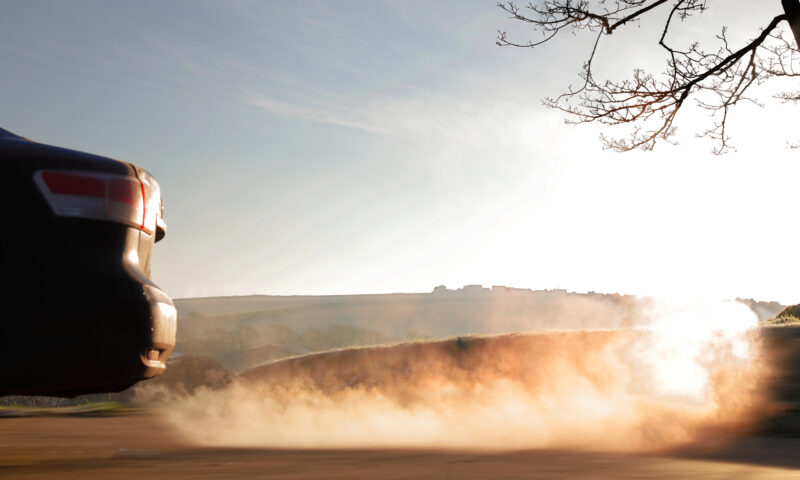

Diesel exhaust and emissions from plastic production warm the planet over time, while immediately threatening those who inhale their toxic fumes.


Officials, health experts and community groups say the FAA can do more to phase out dangerous aviation gasoline.
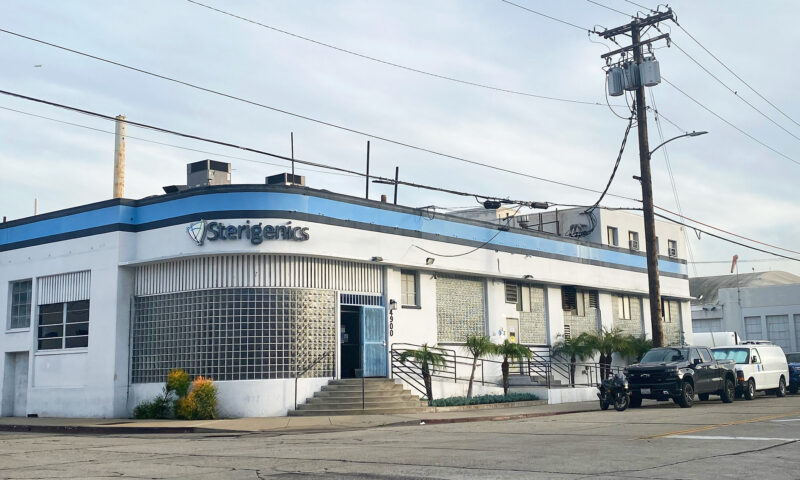

Critics slam SoCal air regulator for adopting weak emissions rules for the potent carcinogen ethylene oxide.
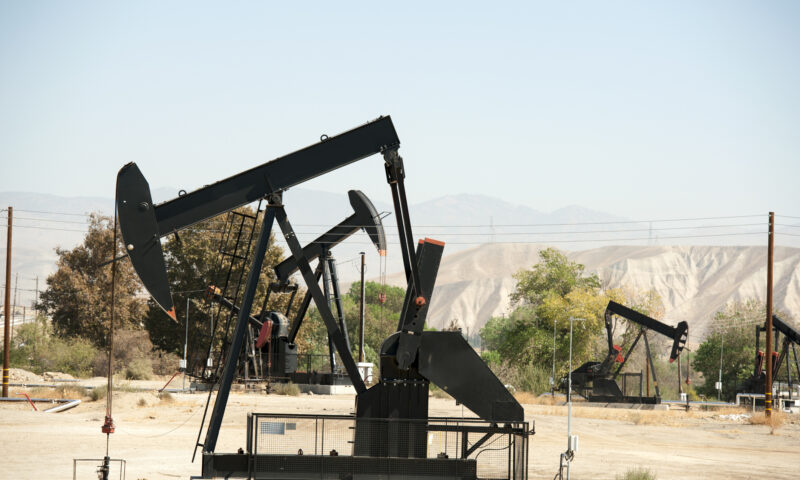
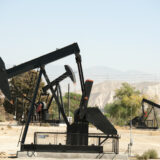
Resignations follow stories from Capital & Main and Type Investigations on faulty permitting system and under-monitoring.
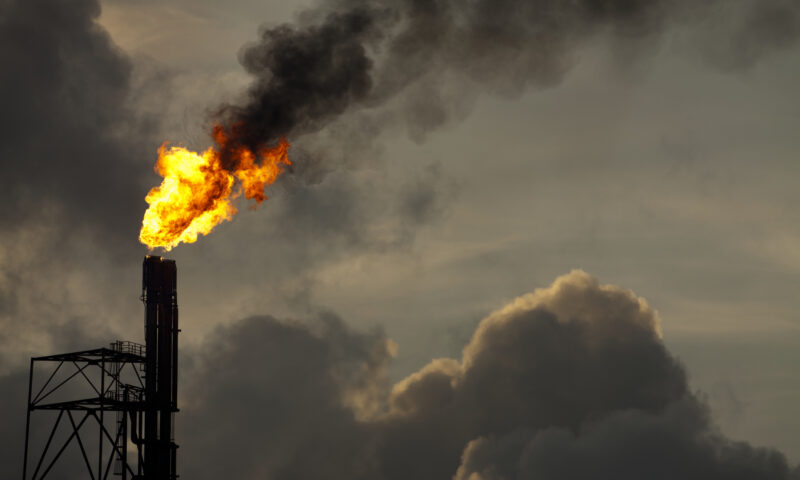
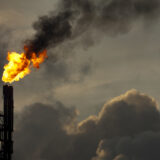
The legislation would increase fines for violations at long last, but is getting heavy pushback.
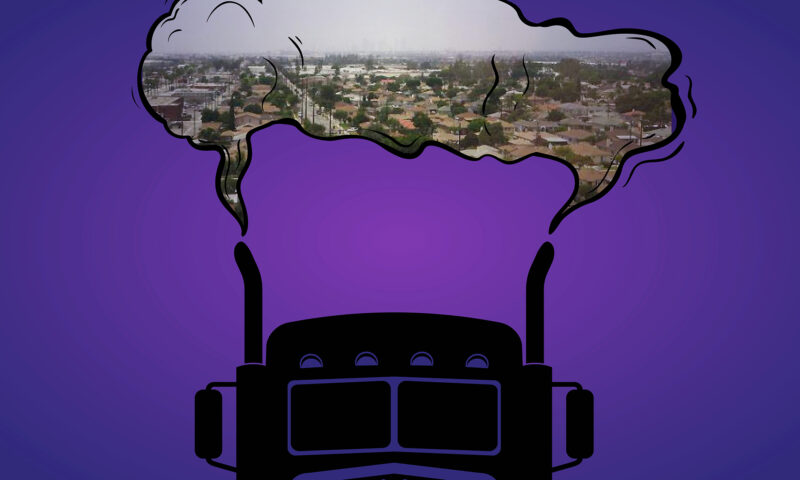

A Los Angeles-area air quality board faces questions over grant spending amid some of the worst pollution in the nation.


Gaps in environmental regulations may leave communities at risk of exposure to the toxic industrial compound.
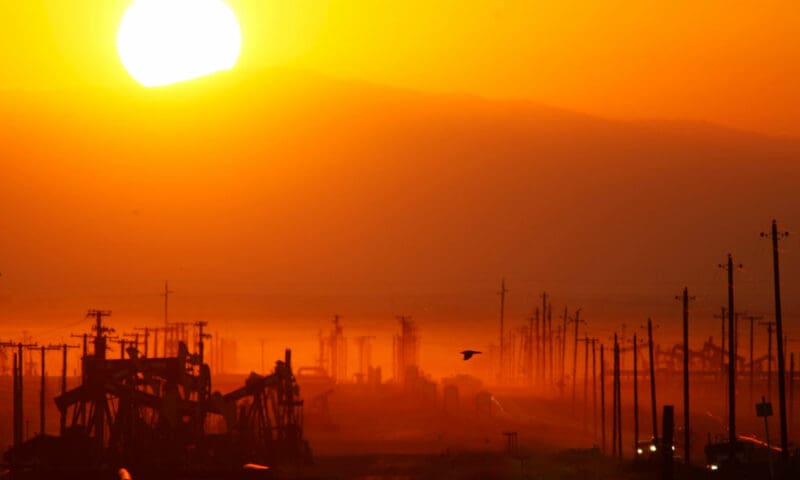
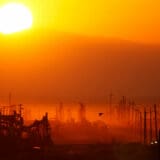
Development, oil and agriculture have long-burdened the valley with pollutants, and residents are tired of the EPA doing nothing about it.
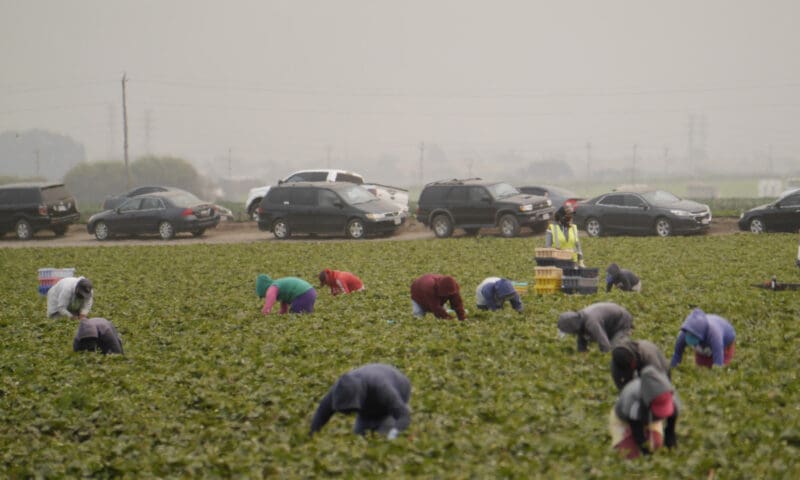
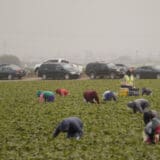
Without adequate oversight, there is little incentive for employers to protect workers during wildfire season.
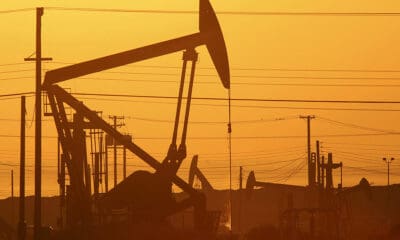
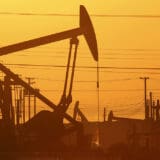
The coronavirus lowered greenhouse gas emissions, but at year’s end global CO₂ concentrations are still at record levels.